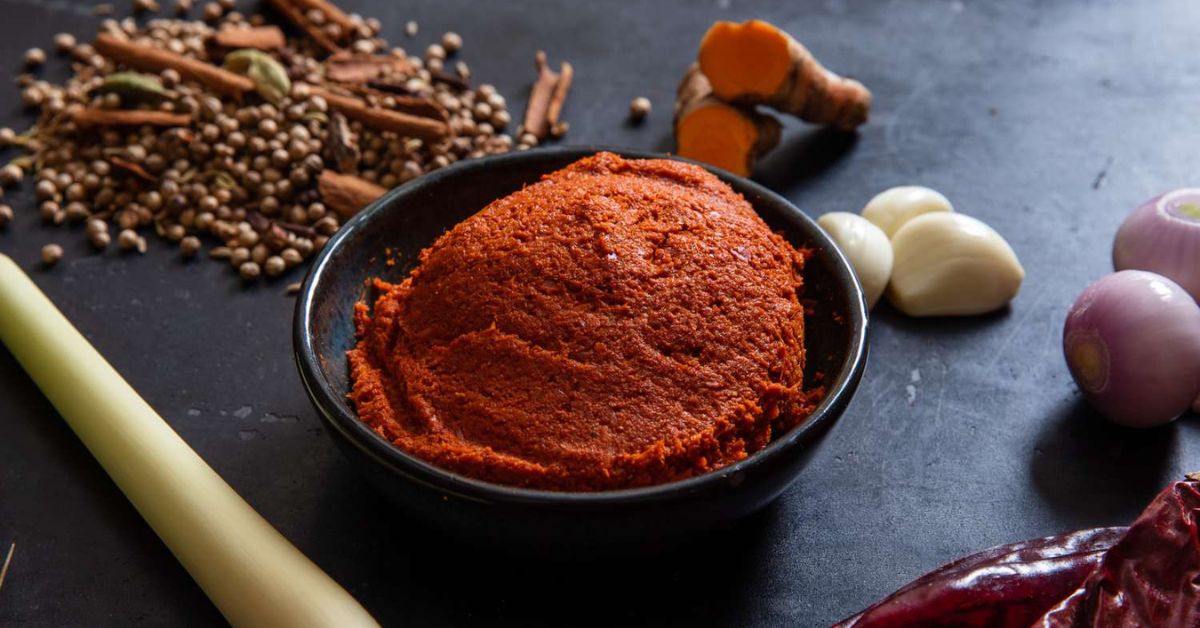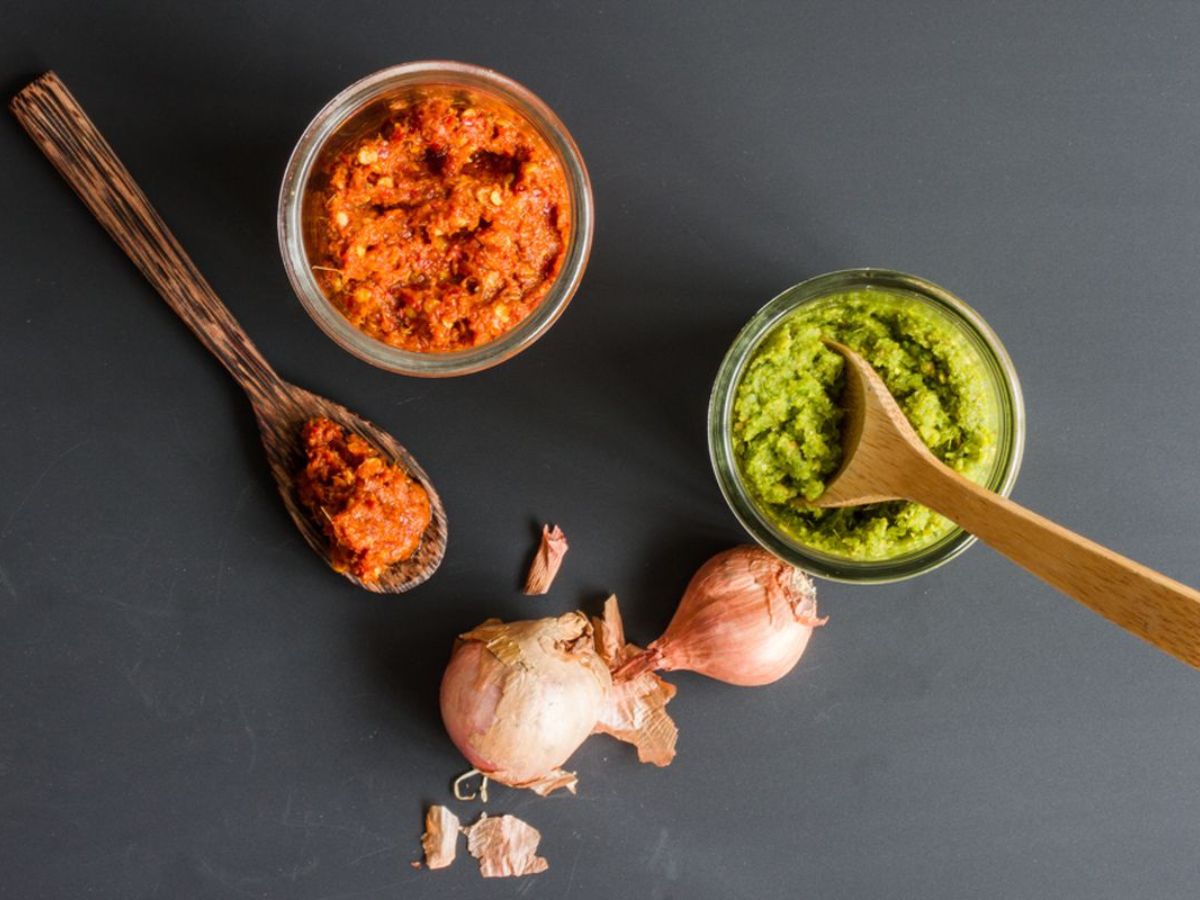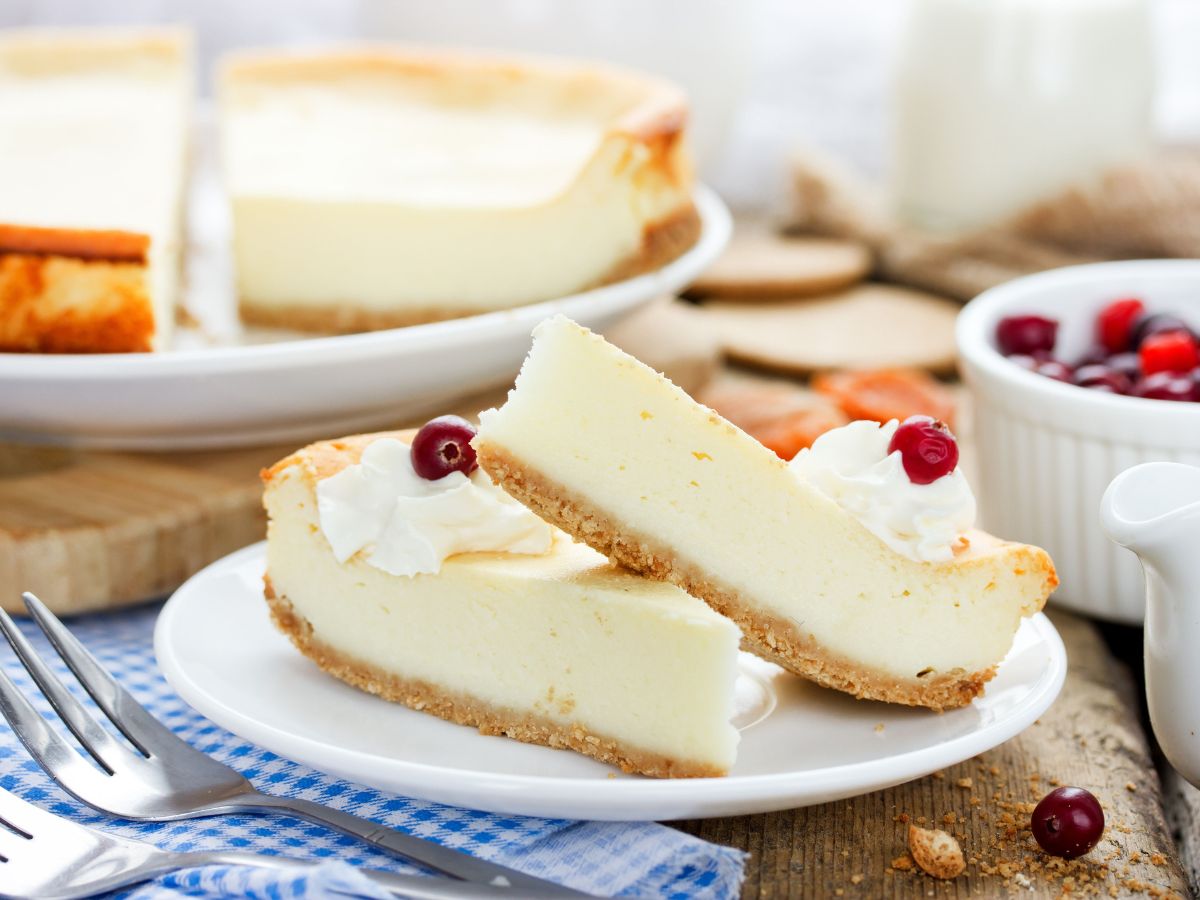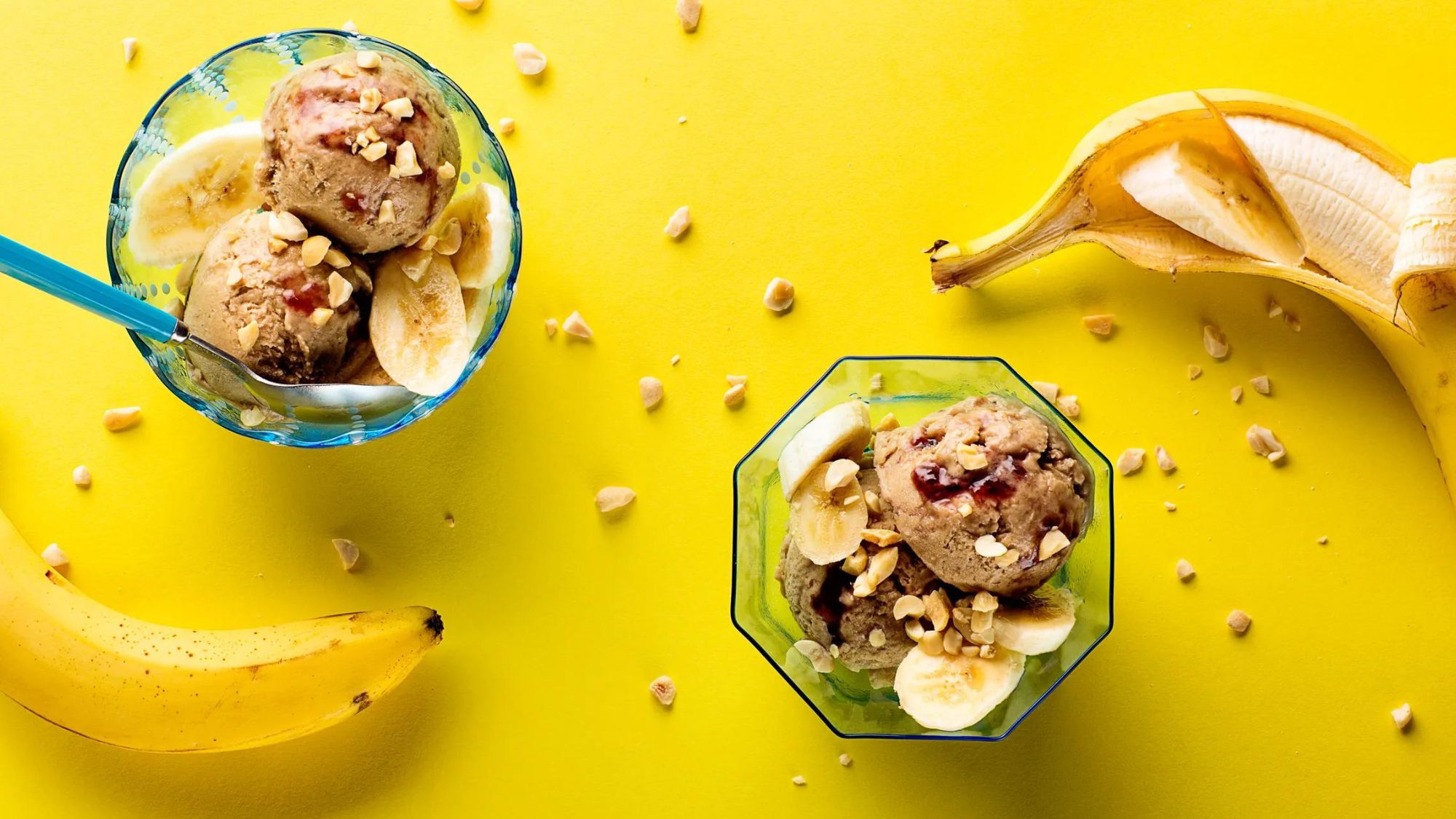Introduction:
A basic component in many cuisines, especially South and Southeast Asia, curry paste is often the foundation of curry recipes, it gives foods a deep, sophisticated taste character. Reflecting regional spices and cooking techniques, different kinds of curry pastes have distinctive tastes and smells. Investigating these delicious pastes will improve your cooking skills and expose you to many gastronomic adventures.
Thai Red Curry Paste
Ingredients and Flavor Profile
Bold taste and vivid crimson hue of Thai red curry paste are well known. Usually it calls for red chillies, garlic, lemongrass, galangal, kaffir lime leaves, and a combination of spices including cumin and coriander. For many Thai meals, the paste is flexible since it offers a fair blend of spice, sweetness, and fragrant elements. Not only red curry paste, but now you can also buy meat curry paste in the UK.
Culinary Uses
Usually combined with coconut milk, vegetables, and proteins like chicken, beef, or tofu, red curry paste is used in Thai red curry cuisine. It adds a strong and aromatic taste to soups, stir-fries, and marinades as well.

Thai Green Curry Paste
Ingredients and Flavor Profile
Fresh green color and strong, grassy flavor define Thai green curry paste. It calls for green chillies, cilantro stems, garlic, lemongrass, and occasionally basil or mint. Known for its spiciness and somewhat sour taste, the paste offers a cool counterpoint to heavier cuisine.
Culinary Uses
Thai green curry recipes can have green curry paste together with coconut milk, vegetables, and meats. It’s also a tasty addition to stir-fries and in Thai-style soups. The paste’s fresh, spiciness complements foods like eggplant, bell peppers, and bamboo shoots.
Thai Massaman Curry Paste
Ingredients and Flavor Profile
Massaman curry paste presents a special blending of Thai and Indian cuisine. Along with lemongrass and garlic, it calls for items including dried chillies, cumin, coriander, cinnamon, cloves, and cardamom. Rich in aromatic profile, this paste has a gentle, sweet, and somewhat nutty taste.
Culinary Uses
Usually featuring soft meats like beef or chicken, potatoes, and peanuts, Thai Massaman Curry calls for massaman curry paste. Slow-cooked meals also call for it since they provide a filling and consoling taste. Its fragrant and sweet nature makes it a flexible paste for many kinds of cuisine.
Indian Garam Masala Paste
Ingredients and Flavor Profile
Ground spices combining cinnamon, cardamom, cloves, cumin, and coriander make up Indian garam masala paste. Although not a classic curry paste, it is a major component in many Indian curries since it offers a warm, sophisticated taste.
Culinary Uses
Indian curry recipes include butter chicken, lamb curry, and vegetable korma all feature garam masala paste. It adds depth and warmth to foods when used to season soups, stews, and grains as well. Often added towards the end of cooking, the paste preserves its aromatic properties.
Indian Vindaloo Paste
Ingredients and Flavor Profile
Strong heat and acidic taste abound from Vindaloo paste. Usually using red chillies, garlic, ginger, vinegar, and a mix of spices, including cumin, coriander, and mustard seeds, it calls for the paste, which gives food a unique kick; it is sour and hot.
Culinary Uses
Traditionally used in Goan vindaloo curry, a spicy and sour meal sometimes featuring hog or poultry, vinegar paste is It can also be used in stews, marinades, and other curry recipes when a strong and tangy taste is sought for. Those who prefer spicy cuisine would find the paste appropriate given its great heat level.
Indian Tikka Masala Paste
Ingredients and Flavor Profile
With ingredients including garlic, ginger, and tomatoes, tikka masala paste blends spices including cumin, coriander, paprika, turmeric, and garam masala. Rich and slightly sweet, the paste has a deep, savoury taste with a little degree of heat.
Culinary Uses
Most often used in chicken tikka masala, tikka masala paste is mixed with cream or yoghurt to produce a thick, savoury sauce. Other meals, such as lamb or veggie tikka masala, also call for it. Many Indian meals can be made with the paste as a basis, which adds a sophisticated taste without overpowering heat.
Japanese Curry Paste
Ingredients and Flavor Profile
Taste-wise, Japanese curry paste is mild, sweet, and somewhat savoury. Usually it calls for curry powder, flour, and other veggies like potatoes, onions, and carrots. Comparatively to other curry pastes, the paste sometimes has a less hot and more umami-rich taste.
Culinary Uses
Foods such as katsu curry, curry udon, and Japanese curry rice call for Japanese curry paste. Soups and stews also draw on it as a foundation. The moderate taste of the paste fits family-friendly cuisine and goes nicely with a range of proteins and vegetables.
Conclusion:
Investigating several varieties of curry paste exposes a rich tapestry of tastes and cooking techniques from all around the world. Every kind of curry paste offers a different spectrum of tastes and smells by combining their particular mix of spices and ingredients. Understanding and applying these pastes can help you improve your cooking and savour a great range of delicious cuisine, reflecting the rich gastronomic legacy of different areas.
Also, read: Pizza Oven Cooking Tips For Beginners To Get Started











